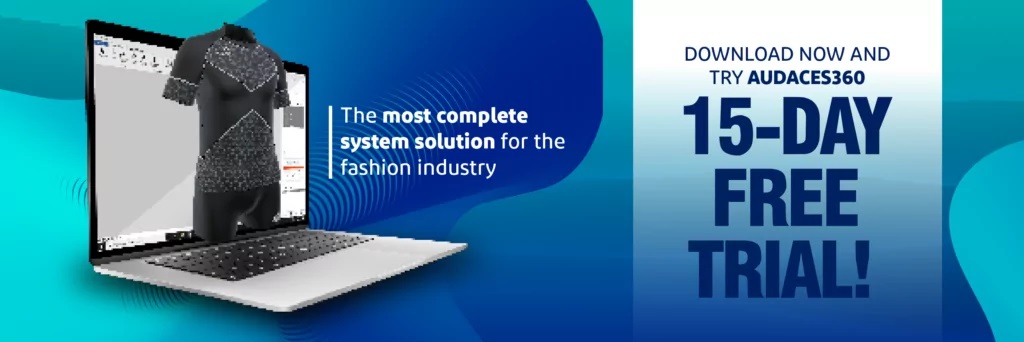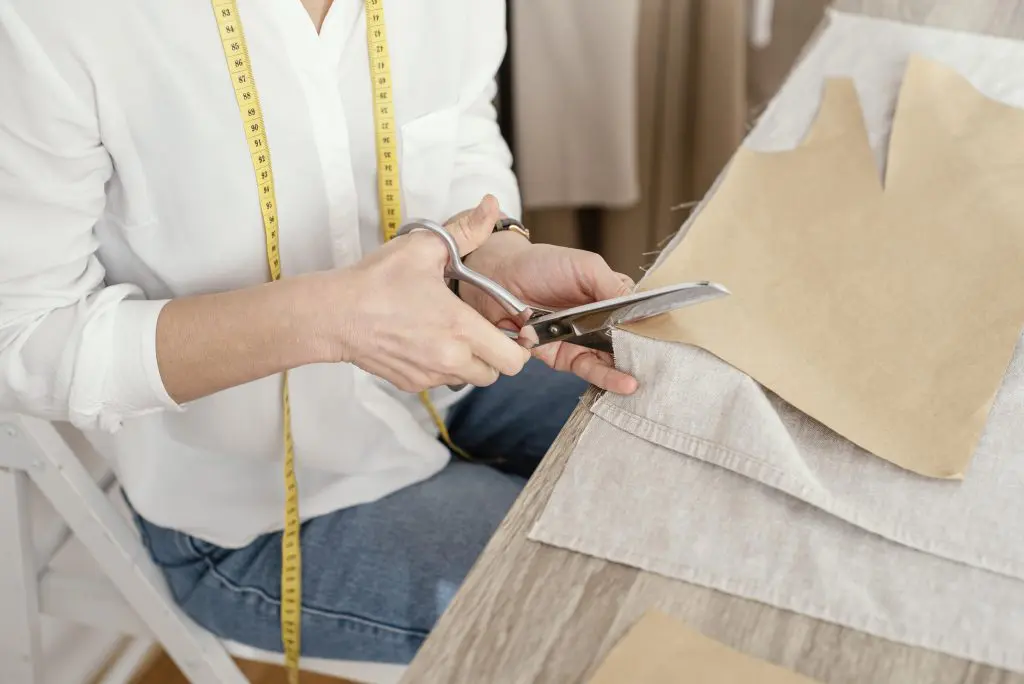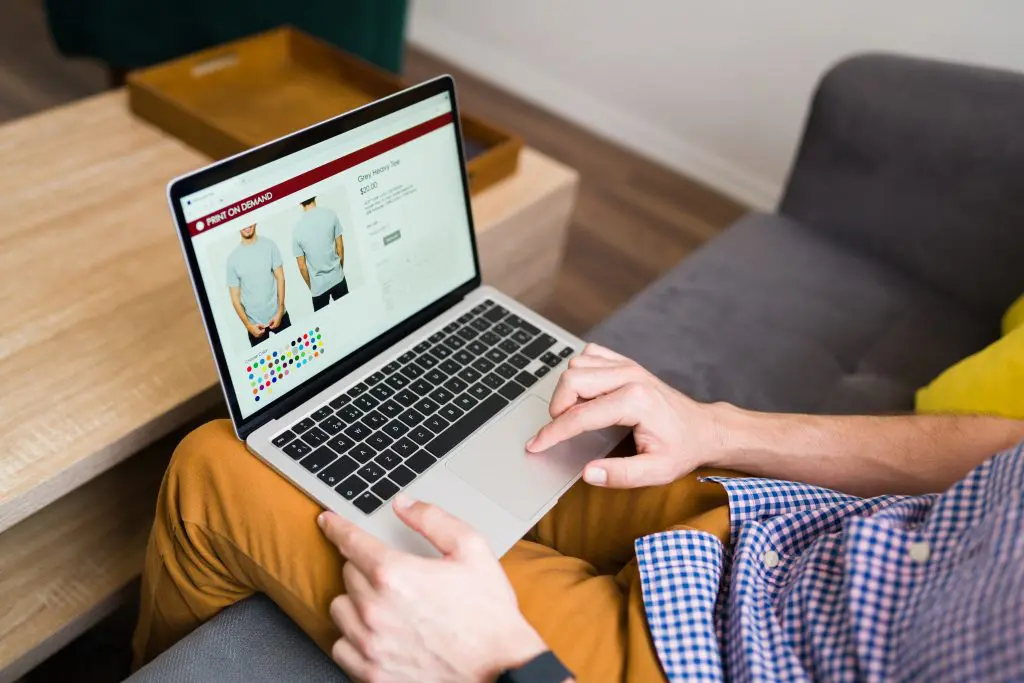Summary
- In fashion retail, unlike wholesale, you directly serve the end customer
- Fashion retail can operate through physical locations or online stores
- Discover how Audaces360 multi-solution can help you manage your collection! Sign up for a free trial now.
Fashion retail is a key driver of our country’s economy, making a substantial contribution to the revenue of the textile sector.
This sector includes the sale of clothing items through both physical brick-and-mortar stores and e-commerce platforms, with products passing through multiple stages before reaching the end customer.
This article will provide insights into the inner workings of fashion retail, the impact of trends, and the vital components that your company should have in place.
We hope all your questions will be answered below!
Sumário
How are the operations of fashion retail manufacturing?
Fashion retail manufacturing involves the production of clothing and accessories directly intended for consumers, distributed through channels such as physical stores or e-commerce platforms.
This production process encompasses a series of crucial steps that span from creating the product to making it available in storefronts or online catalogs.
Let’s explore these steps:
Development
Designers craft collections of clothing and accessories by drawing inspiration from fashion trends, conducting market research, and analyzing consumer demand.
They create sketches, samples, and patterns that define the product’s colors, fabrics, prints, and intricate details.
Learn more: 4 top tips for a successful fashion collection launch

Selection of materials and suppliers
Following the design phase, the production team selects the materials used in manufacturing.
Suppliers for fabrics, trims, and other inputs are chosen based on considerations of quality, pricing, and sustainability.
Learn more: Discover the challenges in the textile industry’s supply chain and how to overcome them
Cutting and preparation

Fabrics are meticulously cut according to the predetermined patterns and molds for the pieces. This stage is critical for optimizing material usage, reducing waste, and enhancing efficiency.
Production
The individual pieces are assembled and sewn together on the production line. This stage facilitates the mass production of garments to meet the demands of retail.
Learn more: How to define production stages using a textile flowchart
Finishing and quality control
After assembly, the products go through finishing processes, including cleaning, ironing, labeling, and packaging. Stringent quality control measures are applied to ensure the products meet established standards.
Learn more: What is industrial quality control in the textile business and how does it work?
Retail distribution
The finalized products are distributed to various points of sale, whether they are physical stores or distribution centers for e-commerce. Effective logistics are essential to ensure efficient and timely delivery to consumers.
Learn more: Explore the opportunities for your fashion business in the textile market
Consumer sales
At this stage, the products become accessible to consumers in physical stores or through e-commerce platforms. Marketing and merchandising strategies are employed to promote collections and encourage sales.
Learn more: Learn how to make an effective sales pitch in the fashion market
Inventory management
Precise inventory management is essential to prevent overstocking or shortages of products.
Clothing manufacturers must carefully monitor and adjust inventory levels to align with consumer demand.
Read more: Discover 9 best practices for optimizing apparel inventory management
How do changing trends impact fashion retail?

The fashion industry, known for its constant dynamism, undergoes perpetual transformations influenced by various factors, including seasons, evolving consumer preferences, and cultural and societal shifts.
These changes exert a significant influence on fashion retail in multiple ways:
Consumer demand
When a particular style or type of clothing gains popularity, consumers actively seek products that embody these trends.
This surge in demand for specific items can significantly impact retailers’ purchasing decisions.
Inventory refresh
Staying attuned to trends necessitates regular inventory refreshment. Items that were once in vogue may lose their appeal as new trends emerge.
Therefore, it’s imperative for retailers to remain current and ready to offer products that align with prevailing trends.
Procurement strategy
Retailers must tailor their procurement strategy to align with fashion trends.
This involves identifying the most favored styles and products while predicting emerging trends.
The ability to anticipate trends enables retailers to make more informed purchasing decisions, reducing the risk of accumulating unsold inventory.
Production and distribution speed
Rapid adaptation is essential in fashion retail to keep pace with evolving trends.
Retailers must be nimble in both producing and distributing new products to capitalize on the shifting market demands.
The ascendancy of e-commerce has intensified the importance of speedy product delivery in meeting customer expectations.
Seasonality
Seasonal trends are integral to the fashion industry, marked by specific Spring/Summer and Autumn/Winter collections.
Retailers need to adapt to these seasonal changes, offering products that suit the prevailing weather conditions and consumer preferences during each time of the year.
Learn more: Uncover the benefits of fashion trend forecasting for your clothing business
Innovation and creativity
Fashion trends serve as catalysts for innovation and creativity within the industry.
Retailers must remain vigilant for fresh ideas and concepts that may resonate with consumers.
Those who can forecast trends and introduce exclusive products have a greater opportunity to stand out in the competitive market.
What must a fashion retail company have in today’s market?

A contemporary fashion retail company must encompass several vital elements to remain competitive and fulfill customer expectations.
Find out in detail which features a fashion retail company must possess:
E-commerce platform
This item has evolved into an integral component of modern fashion retail.
Maintaining a well-designed e-commerce platform is paramount for reaching a broader audience and providing customers with a convenient shopping experience.
Multiplatform service
Today’s consumers expect fashion retail companies to maintain a presence across various platforms, which encompasses not only e-commerce but also social networks, mobile applications, and online marketplaces.
A multiplatform service strategy enhances the business’s ability to connect with customers through diverse channels, amplifying its visibility.
Clarity of information
Transparency and clarity of information are of utmost importance in the realm of fashion retail.
Customers seek comprehensive product details, including accurate descriptions, material information, available sizes, and care instructions.
Additionally, clearly communicating the exchange and return policy is essential to foster customer trust.
Virtual fitting room
A technological innovation, the virtual fitting room empowers customers to visualize how clothing will appear on their bodies without physically trying them on.
Leveraging augmented reality technologies, this tool simulates clothing fittings, thereby reducing return rates and enhancing customer satisfaction.
Learn more: Boost your e-commerce store with a clothing virtual fitting room
Customer experience
A superior customer experience is a linchpin of success in fashion retail.
This encompasses easy website navigation, a user-friendly interface, a streamlined checkout process, versatile payment options, and responsive and efficient customer service.
Prioritizing a positive customer experience is pivotal for cultivating customer loyalty and garnering favorable reviews.
Enhance your online fashion retail with Shape-U!

Shape-U is the ultimate solution designed to elevate your e-commerce by providing size recommendations, measurement tables, and invaluable data intelligence.
With its user-friendly and intuitive interface, this tool makes optimizing your online fashion store a breeze.
In just three simple steps, users can receive personalized size recommendations and explore product options tailored to their preferences.
Moreover, Shape-U offers the convenience of automatically importing measurement tables and existing products.
Other superb aspect of Shape-U for your fashion manufacturing is its data intelligence feature.
This functionality helps you gain insights into your customers’ preferences, allowing you to connect styles and present similar pieces.
Once a customer profile is created, personalized recommendations seamlessly appear on product pages.
Shape-U also streamlines the customer experience by automatically adding the selected size to the shopping cart.
Learn more about this Audaces solution by clicking here!
Discover more essential insights for fashion entrepreneurship with this guide to help you detect hidden costs! Download our free e-book now:
FAQ
Fashion retail manufacturing focuses on producing clothing for direct consumer sales, encompassing the entire production chain from creation to availability.
Fashion trends, driven by seasons and consumer preferences, necessitate constant adaptation by retailers.
A modern fashion retailer must have e-commerce, multiplatform service, clear information, and a virtual fitting room.










